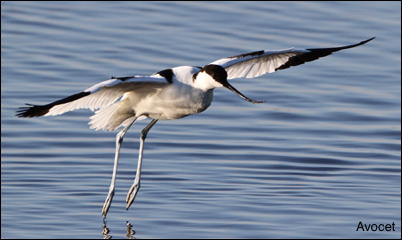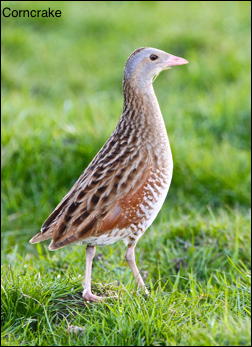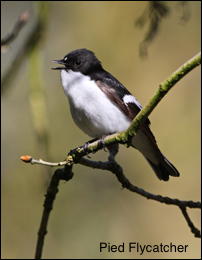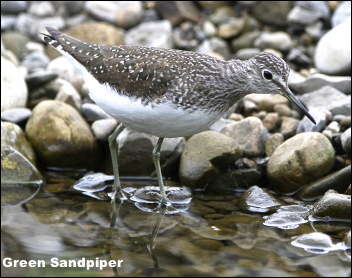Owling Success
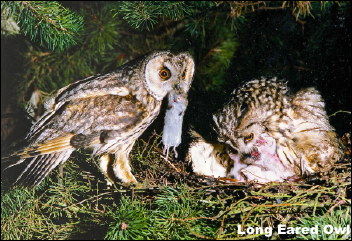
After last years spectacular success Barn Owls this season are having a much quieter time. In contrast Long Eared Owls are having their best season for years with most pairs now busy feeding young, both in the nest and some already fledged. This weeks photo is from a nest I filmed nearly twenty years ago and is the last time I spent eight hours through the night waiting for the male to provide the female with prey. In more than fifty years of wildlife photography to film a pair of Long Eared Owls at the nest, through the night, is the most challenging and exciting photography you could contemplate in the Pennines. Firstly you have to have a good head for heights as you may be thirty feet off the ground sat in your confined hide in the pitch black of a remote Pennine forest. With all the other Owls there is no indication as to when the male will arrive with prey for the female but with Long Eared Owls it is different. When he nears the nest the male gives deep booming calls that echo through the forest. The female springs into life and awaits his arrival on the nest edge with his catch. Your adrenalin flow doubles when you hear his booms and you also await his imminent arrival. It is unquestionably the most exciting wildlife photography you could ever contemplate in the Pennines and one that many top wildlife photographers have never experienced.
In addition to Long Eared Owls this season has also brought a pair of Short Eared Owls to breed in the hills. At present I am still trying to find their nest and have included in this weeks gallery photos, mainly of the male, from one that I filmed a few years ago. Click here


